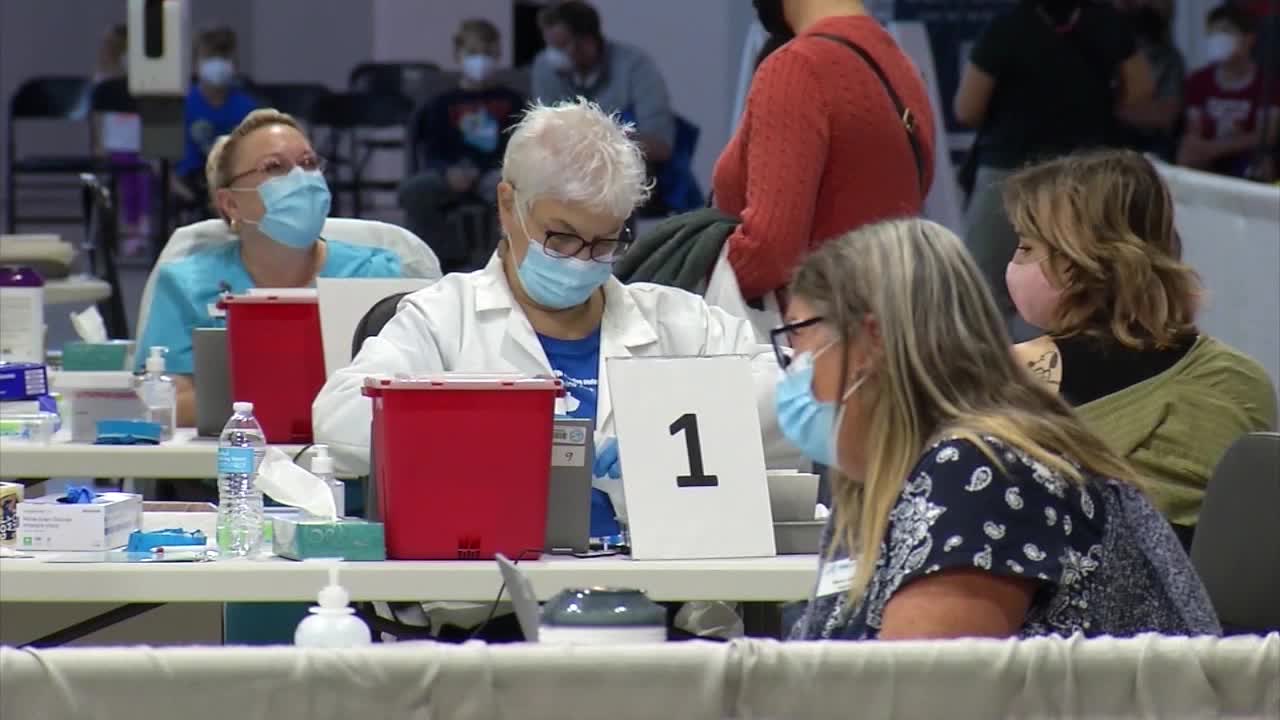Booster uptake remains low in Minnesota a month after approval
[anvplayer video=”5140350″ station=”998122″]
Just over a month after the FDA approved an updated COVID-19 booster, only 6% of eligible Minnesotans have received the extra dose.
“Of course we always wish vaccine uptake was faster and people were clamoring to get vaccinated but I think we’re going to see the 6% rise,” said Jennifer Heath, a vaccine and preventable disease supervisor with the Minnesota Department of Health. “We’ve got to give it a few more weeks before we say uptake is too slow.”
The Pfizer bivalent vaccine is available for those who are 12 years old and up, while Moderna’s shot is approved for those 18 years old and up.
Heath explained it’s hard to compare demand for the bivalent dose with past boosters because of the way it’s being rolled out. Most Minnesotans were able to get it right away, as long as they received it at least two months after their primary or previous booster dose.
“It essentially means we’re starting from scratch where every single person is eligible for a booster,” said Heath.

Patients receiving COVID-19 shots (KSTP).
She recommends those who are older, who are immunocompromised or have a chronic condition, or who are pregnant make an appointment for the new booster as soon as they’re able to. Individuals who’ve recently had COVID can wait until three months after their infection before seeking a dose.
“If you’ve gotten your booster over a year ago, like so many of us did, it is time to get another booster,” said Heath. “I don’t want anyone to wait around too long because we don’t know when the next wave will hit and even for young healthy adults and healthy children, they can get COVID and it can be severe.”
The FDA approved the new booster just before Labor Day. According to MDH, doses started arriving to Minnesota the following week. About 100,000 doses have been administered each week statewide.
“Our supply of vaccine at this moment is fantastic,” said Dr. Lauren Graber, the senior vice president of population health and quality for Minnesota Community Care. “We are grateful we have enough vaccine that if at any point any single person wants to get it, we have no concerns about access.”
She added, however, “We are not seeing the demand for the bivalent booster like we were expecting. I think there is a change in attitude both towards the vaccine but also towards the virus.”
Dr. Graber attributes the low uptake to a variety of factors.
“It’s not advertised or publicized the way the initial boosters were,” she said. “I think people don’t know there is a different booster available and also I think there’s a lot of people who say ‘Oh I’ve had it, it wasn’t that bad so I’m not going take the vaccine this time around’, or they say ‘I got the first two that’s all the protection I’m going to take right now’.”
She pointed out the new booster does actually offer more protection than the previous doses. It boosts immunity to the original strain plus the BA.4 and BA.5 variants.
“It has additional protections that the first vaccine did not have and I think that’s really important for people to know, it’s not just the same COVID vaccine you had before,” said Dr. Graber.